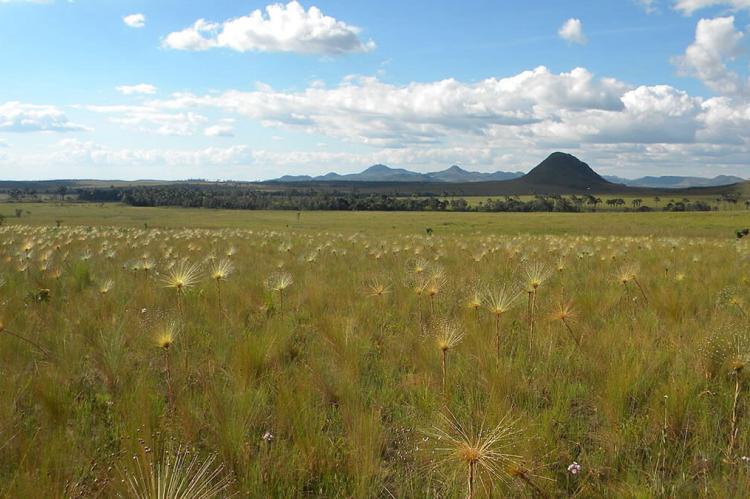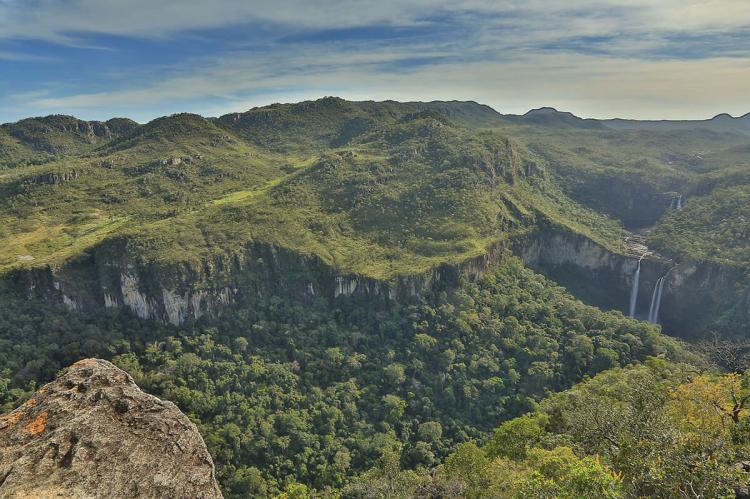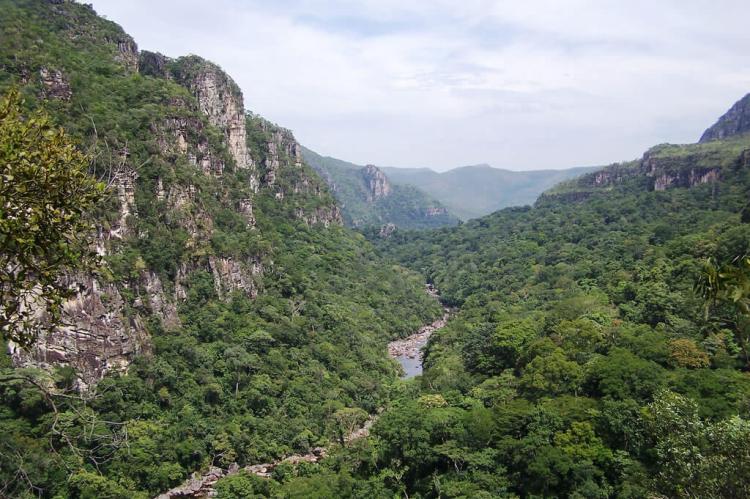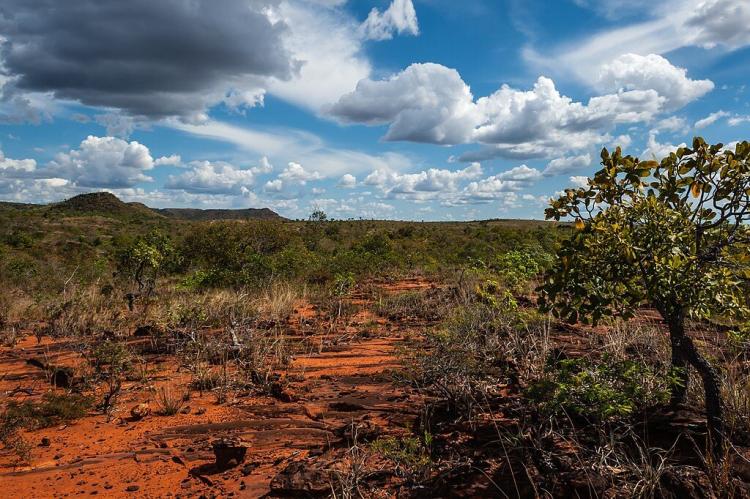The Cerrado: South America's Breathtaking Mosaic of Biodiversity
The Cerrado is South America's largest savanna and the most extensive ecoregion in the Americas, stretching across central Brazil and into Paraguay and Bolivia. This savanna is home to 5% of the world's animals and plants, boasting unparalleled biological richness.
The Cerrado: South America's Breathtaking Mosaic of Biodiversity
The Cerrado, South America's largest savanna region and the most extensive ecoregion in the Americas unfolds across central Brazil, extending its natural wonders into northeastern Paraguay and eastern Bolivia. This savanna, boasting unparalleled biological richness, is a global treasure, home to 5% of the planet's animals and plants and harboring an extraordinary menagerie of life.
Geographical and Ecological Marvel
At the heart of Brazil, the Cerrado encompasses expansive plateaus, forming its core biome. This immense savanna, the second-largest habitat type in Brazil after the Amazon Rainforest, covers approximately 2 million square kilometers (790,000 square miles) or 21% of the country's land area. Comprising diverse habitats such as forests, wooded areas, parklands, gramineous-woody savannas, savanna wetlands, and gallery forests, the Cerrado creates a dynamic landscape that captivates with its variety.
Water Resources and Climate Impact
Beyond its ecological significance, the Cerrado plays a pivotal role in Brazil's water resources. Housing the headwaters of major South American watersheds, including the Paraná-Paraguay, Araguaia-Tocantins, and São Francisco river basins, it also influences the upper catchments of significant Amazon tributaries like the Xingu and Tapajós. The climate, characterized by a semi-humid tropical climate, experiences distinct wet and dry seasons, with a pronounced dry season from April through September.
Breathtaking Biodiversity
The Cerrado's biodiversity is nothing short of astonishing. This biome, comprising dry forests, grasslands, wetlands, shrublands, savannas, and even wet forests, hosts over 10,400 vascular plant species within its shifting habitats. Remarkably, 4,400 of the 11,000 plant species found here are exclusive to the Cerrado, showcasing its unique ecological fingerprint.
The herbaceous layer, reaching about 60 centimeters (23 inches) in height, is dominated by various plant families, including Poaceae, Cyperaceae, Leguminosae, Compositae, Myrtaceae, and Rubiaceae. Gallery forests within the Cerrado, resembling nearby rainforests, harbor some endemic species unique to this savanna.
Diverse Fauna in Vibrant Habitats
The Cerrado boasts an impressive array of fauna, with about 200 mammal species, 860 bird species, 180 reptile species, 150 amphibian species, 1,200 fish species, and a staggering 90 million insect species. Notable among its vulnerable and critically endangered species are giant anteaters, armadillos, Brazilian tapirs, Pampas deer, maned wolves, cougars, jaguars, giant otters, ocelots, and jaguarundis.
Gallery forests serve as crucial habitats, protecting against landscape fires and creating more structured environments for diverse mammalian species. Eleven mammal species are endemic to the Cerrado, including charismatic large herbivores like the Brazilian tapir and Pampas deer and formidable predators like jaguars and cougars.
Avian Wonders and Conservation Efforts
While the Cerrado's bird diversity is lower than the adjacent Amazon and Atlantic Forest, it hosts species like the crowned solitary eagle, hyacinth macaw, toco toucan, buff-necked ibis, dwarf tinamou, and Brazilian merganser. Some bird species share a kinship with those from the Atlantic Forest and the Amazon Rainforest.
To safeguard this ecological marvel, the Cerrado features protected areas like the Chapada dos Veadeiros National Park, a UNESCO World Natural Heritage Site in the State of Goias, known for its canyons, mountains, and waterfalls. Another UNESCO-listed site is Emas National Park in the State of Goias, renowned for its diverse wildlife, including rheas, jaguars, giant anteaters, and maned wolves.
In conclusion, the Cerrado is a testament to South America's intricate dance of life, showcasing the delicate interplay between diverse ecosystems and the importance of conservation efforts to preserve this extraordinary savanna for future generations.
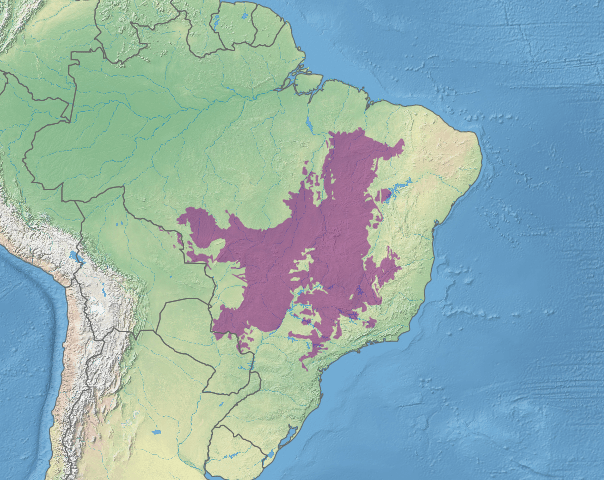
Map depicting the location of the Cerrado ecoregion (in purple).
